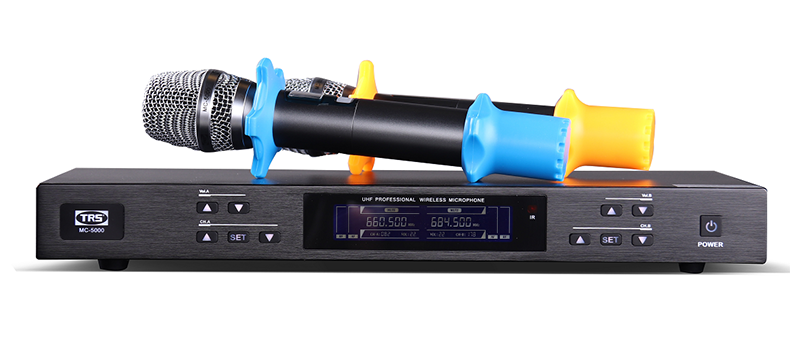The reason for microphone howling is usually caused by sound loop or feedback. This loop will cause the sound captured by the microphone to be output again through the speaker and continuously amplified, ultimately producing a sharp and piercing howling sound. The following are some common causes of microphone howling:
1. The distance between the microphone and speaker is too close: When the microphone and speaker are too close, recorded or played sound may directly enter the microphone, causing a feedback loop.
2. Sound loop: In voice calls or meetings, if the microphone captures the sound output from the speaker and transmits it back to the speaker, a feedback loop will be generated, resulting in a whistling sound.
3. Incorrect microphone settings: If the gain setting of the microphone is too high or the device connection is incorrect, it may cause whistling sound.
4. Environmental factors: Abnormal environmental conditions, such as room echoes or sound reflections, may also cause sound loops, resulting in whistling sounds.
5. Loose or damaged connecting wires: If the wires connecting the microphone are loose or damaged, it may cause electrical signal interruption or instability, resulting in whistling sound.
6.Equipment issue: Sometimes there may be hardware issues with the microphone or speaker itself, such as damaged components or internal malfunctions, which can also cause whistling sounds.
MC8800 Audio response: 60Hz-18KHz/
In today’s digital age, microphones play a crucial role. They are widely used in voice calls, audio recording, video conferences, and various entertainment activities. However, with the continuous development of technology, the issue of microphone whistling often troubles many people. This sharp and piercing noise is not only uncomfortable, but also interferes with communication and recording processes, so there is an urgent need to find a solution.
Mic howling is caused by a feedback loop, where the sound captured by the microphone is outputted back into the speaker and continuously looped, forming a closed loop. This loop feedback causes the sound to be infinitely amplified, producing a piercing howling sound. In many cases, this may be due to incorrect microphone settings or installation, as well as environmental factors.
To solve the problem of microphone whistling, some basic steps and precautions are required first:
1. Check the position of the microphone and speaker: Ensure that the microphone is far enough from the speaker to avoid direct sound entering the microphone. Meanwhile, try changing their position or direction to reduce the possibility of feedback loops.
2. Adjust volume and gain: Lowering the speaker volume or microphone gain may help reduce feedback.
3. Use noise reduce devices: Consider using noise reduce devices or applications that can help eliminate background noise and reduce feedback induced whistling.
4. Check connections: Ensure that all connections are secure and reliable. Sometimes, loose or poor connections can also cause whistling sounds.
5. Replace or update the device: If there is a hardware problem with the microphone or speakers, it may be necessary to replace or update the device to solve the problem.
6. Using headphones: Using headphones can avoid sound loops between the microphone and speaker, thereby reducing whistling problems.
7. Use professional software for adjustments: Some professional audio software can help identify and eliminate feedback noise.
In addition, understanding environmental factors is also the key to solving the problem of microphone whistling. In various environments, such as conference rooms, studios, or music recording studios, it may be necessary to implement specific sound isolation and elimination measures.
Overall, solving the problem of microphone whistling requires patience and systematic elimination of possible causes. Usually, by adjusting device position, volume, and using professional tools, whistling can be effectively reduced or eliminated, ensuring that the microphone is working properly while providing a clear and high-quality audio experience.
MC5000 Audio response: 60Hz-15KHz/
Post time: Dec-14-2023


